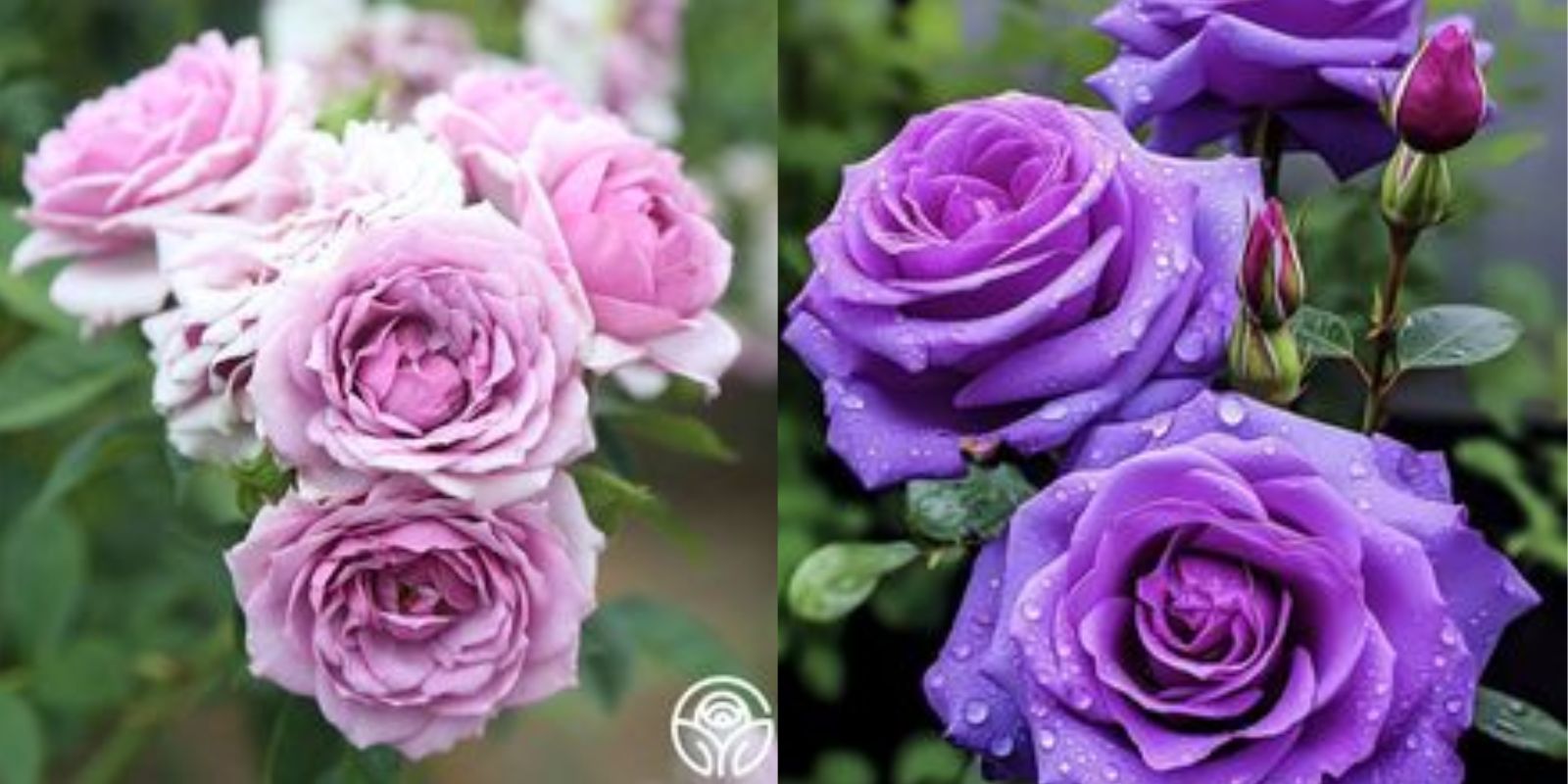Lavender roses, with their enchanting hue and delicate fragrance, hold a special allure in the world of gardening. Their soft, muted tones evoke a sense of tranquility and elegance, making them a favorite choice for both gardeners and floral enthusiasts. This article explores the charm of lavender roses, providing insights into their cultivation, care, and the joy they bring to any garden.
Introduction
Imagine a garden adorned with the subtle beauty of lavender roses—each bloom a testament to grace and serenity. Lavender roses, though less common than their more vibrant counterparts, captivate with their unique color and calming fragrance. Whether you’re planning a new garden bed or seeking to enhance an existing landscape, incorporating lavender roses can transform your outdoor space into a haven of natural beauty and tranquility.
Why Choose Lavender Roses?
Lavender roses are more than just a visually appealing addition to your garden. Here are a few reasons why they are worth considering:
- Color Palette: Their soft lavender hue complements a wide range of garden themes, from cottage gardens to modern landscapes.
- Fragrance: Many lavender rose varieties boast a delightful scent that ranges from sweet and floral to spicy and aromatic, adding an extra sensory dimension to your garden.
- Symbolism: Lavender roses are often associated with enchantment, love at first sight, and the mystique of the unknown, making them a meaningful choice for romantic gestures or serene garden spaces.
Steps to Cultivating Lavender Roses
Let’s delve into the practical steps involved in cultivating and caring for lavender roses, ensuring they thrive and grace your garden with their beauty:
1. Selection and Planning
- Choosing the Right Variety: Research lavender rose cultivars that are well-suited to your climate zone and growing conditions. Consider factors such as bloom time, fragrance intensity, and disease resistance.
- Designing Your Garden: Plan the layout of your garden bed or container to accommodate the lavender roses’ growth habits and aesthetic appeal. Group lavender roses with complementary plants for a cohesive and visually appealing landscape.
2. Preparing the Soil
- Soil Requirements: Lavender roses thrive in well-drained soil with a pH level around neutral to slightly acidic. Amend heavy clay soils with organic matter such as compost to improve drainage and fertility.
- Site Selection: Choose a sunny location for planting lavender roses, as they require at least 6-8 hours of direct sunlight daily to bloom prolifically and maintain overall health.
3. Planting Lavender Roses
- Timing: Plant container-grown lavender roses in early spring or fall when temperatures are moderate. Bare-root roses are typically planted in early spring before new growth begins.
- Digging and Planting: Dig a hole slightly larger than the root ball of your lavender rose plant. Position the plant at the same depth it was growing in its nursery container or bare-root package. Backfill with soil and water thoroughly to settle the roots.
4. Watering and Feeding
- Watering Needs: Lavender roses prefer consistently moist, but not waterlogged, soil during their growing season. Water deeply and regularly, especially during dry periods, to encourage healthy root development and flowering.
- Fertilization: Feed lavender roses with a balanced fertilizer formulated for flowering plants. Apply fertilizer in early spring as new growth emerges and again after each flush of blooms to support continuous flowering.
5. Pruning and Maintenance
- Pruning Basics: Prune lavender roses in late winter or early spring to remove dead, diseased, or crossing branches. Pruning encourages new growth and improves air circulation within the plant, reducing the risk of diseases.
- Deadheading: Remove spent flowers throughout the growing season to promote continuous blooming. Cut back to an outward-facing bud to encourage outward growth and shape the plant.
- Mulching: Apply a 2-3 inch layer of organic mulch, such as shredded bark or compost, around the base of lavender roses. Mulch helps retain soil moisture, suppresses weeds, and moderates soil temperature.
6. Pest and Disease Management
- Monitoring and Prevention: Regularly inspect lavender roses for signs of pests such as aphids, spider mites, or diseases like powdery mildew or black spot. Use integrated pest management techniques, such as hand-picking pests or using organic sprays when necessary.
Enjoying Your Lavender Rose Garden
As your lavender rose garden matures, take time to appreciate the beauty and tranquility it brings to your outdoor space. Whether you’re cutting fresh blooms for floral arrangements or simply enjoying their fragrance in the garden, lavender roses offer a serene and enchanting presence throughout the seasons.
Conclusion
Cultivating lavender roses is a rewarding journey that allows you to create a garden oasis infused with beauty, fragrance, and symbolism. By following these steps for selecting, planting, and caring for lavender roses, you can cultivate a garden that not only delights the senses but also enriches your outdoor living experience. Whether you’re a novice gardener or seasoned enthusiast, the allure of lavender roses invites you to embrace their charm and create a garden retreat that inspires and rejuvenates. Start planning your lavender rose garden today and watch as it blossoms into a sanctuary of natural elegance and serenity. Happy gardening!

